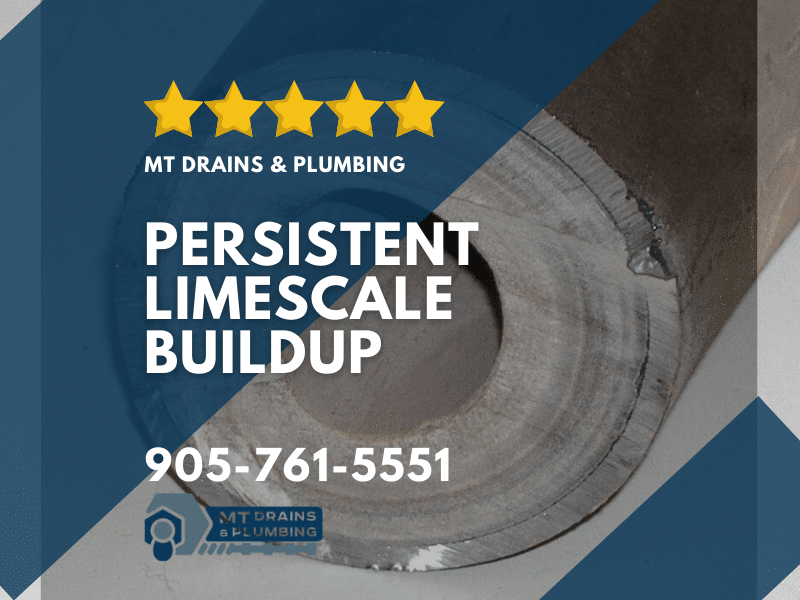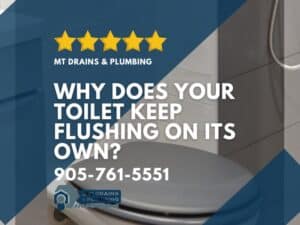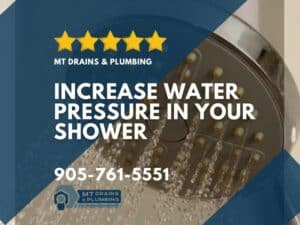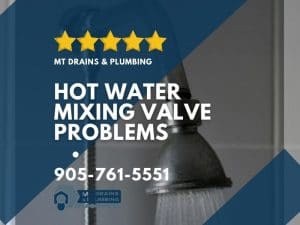Water is a good thing. We need it to get through our everyday lives.
But, the same properties that make water so crucial to our survival can also cause damage.
Water stains, buildups, and limescale deposits can do real harm to fixtures and fittings in your home or office, including coffee machines, kettles, dishwashers, washing machines, and showerheads.
Here, we learn about how limescale deposits build up and what you can do to stop it.
What Is Limescale?
Limescale is the white buildup that we often see in appliances, which also makes them difficult to clean. It is a naturally occurring form of calcium carbonate (CaCO3) and forms when hard water encounters heat or air.
As the water cools down or evaporates after heating, the calcium and magnesium carbonate particles precipitate out of the water and stick together. This results in an unsightly build-up on your appliances and surfaces.
Limescale buildup can also affect your health, making you sick if it gets into your body’s systems by messing with your pH balance and causing heartburn or acid reflux.
How Does Limescale Build Up in Homes?
You may notice a white buildup on the faucet, washing machine, dishwasher, or showerhead.
This problem is common in hard water areas that have water with high levels of dissolved potassium, calcium, and magnesium.
Eventually, those minerals build up around your home, with the preeminent culprit limescale (calcium carbonate) being the most common.
Common Areas Where Limescale Builds Up in the Home
The most obvious place where limescale buildup happens is on bathroom fixtures, but it can happen just as easily in the kitchen and even inside your washing machine or dishwasher.
Although it may take a bit longer for the mineral deposits to build up, due to the slower process of water evaporation, it does eventually become noticeable in the pipes, kitchen fittings, and bathroom accessories, as well as on tiled surfaces and grout.
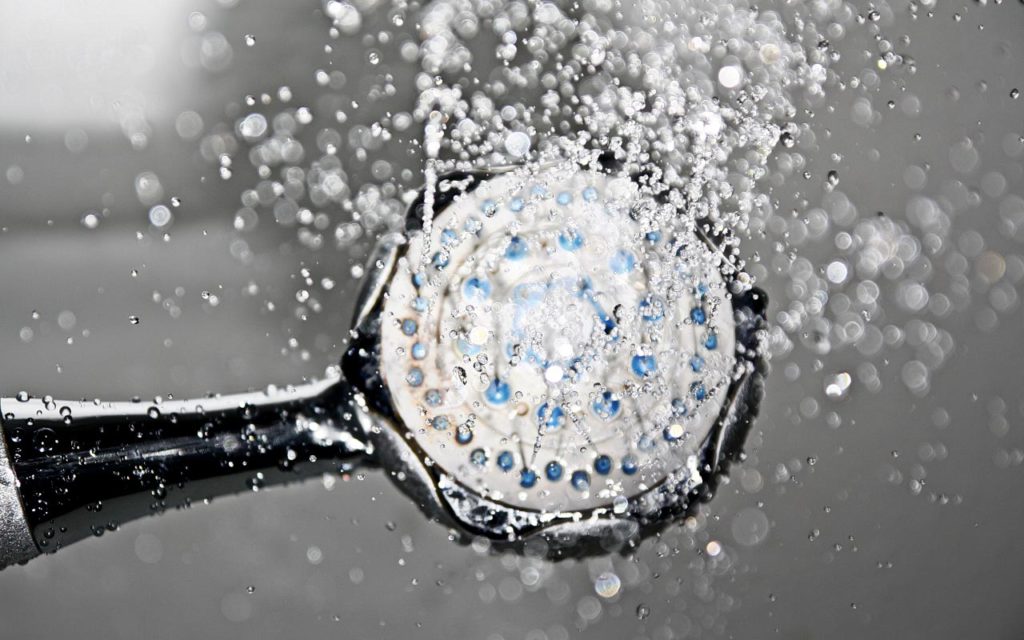
How to Remove Limescale Buildup
Limescale buildup is not just unsightly–it can also be quite expensive to treat.
When limescale starts building up in your pipes and appliances, you’re instantly looking at higher energy bills. And, when it builds up inside your showerhead or faucet – you’re looking at costly replacements.
While descaling products are effective enough, they come with so many drawbacks: they’re messy, they’re often toxic, and they aren’t cheap.
The good news is you can use simple DIY products to keep your appliances limescale-free without having to spend a bunch of cash or applying chemicals that can harm your family.
We’ve put together a list of common household products that you can use to remove and prevent limescale buildup in your appliances.
We’ve also included some tips on how to get rid of unsightly hard water deposits from other surfaces at home.
Here they are:
Kettles and Coffee Machines
Fill your kettle or coffee machine with equal parts of water, 50% concentrated lemon juice, and white vinegar. Boil and leave for an hour before rinsing thoroughly with fresh water.
Showerheads
Leave a bowl of white vinegar under the showerhead for a few hours until all traces of limescale have dissolved. If your showerhead has many holes, soak it overnight in a bowl filled with white vinegar. Rinse well afterward.
Glassware
Soak your tarnished glassware overnight in a solution of white vinegar and water. Rinse well the following morning.
Cookware
Shine pots and pans by filling them with a mixture of white vinegar mix and simmer for approximately 15 minutes. Then, proceed by washing with a soft sponge and rinse as normal.
Washing Machines and Dishwashers
Use a mild, commercially available limescale removal detergent. Or, for a green solution, pour in a cup of lemon juice and then run the appliance empty on the regular cycle.
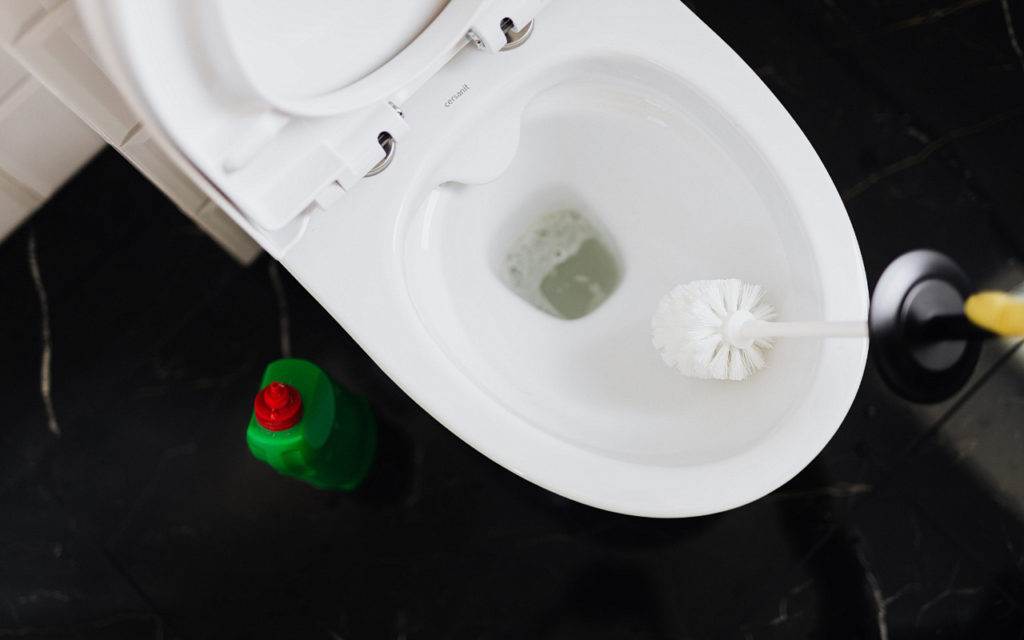
Sinks, Faucets, and Other Fixtures and Fittings
Use a paste of bicarbonate of soda and lemon. Gently scrub the affected accessories, wipe, rinse, and polish with a cloth. For stubborn encrustations, dip the spout into a cup of lemon juice and leave it overnight by attaching it securely with tape.
Toilets, Tile and Grout, Shower Bases, and Bathtubs
Spray these areas with undiluted white vinegar. Soak for an hour, and then scrub with a toilet brush or hand-held brush. Alternatively, make up a paste from borax or baking soda mixed with enough water to make a crumbly mixture. Rub gently on the surface, leave for 15 minutes, and then scrub thoroughly using a brush before rinsing away with warm water.
How to Prevent Limescale Buildup in the Home
To keep your home free of limescale buildup use the cleaning tips mentioned above. If you treat your appliances regularly, you will successfully prevent limescale buildup.
However, for long-term limescale buildup, you should consider water treatment solutions.
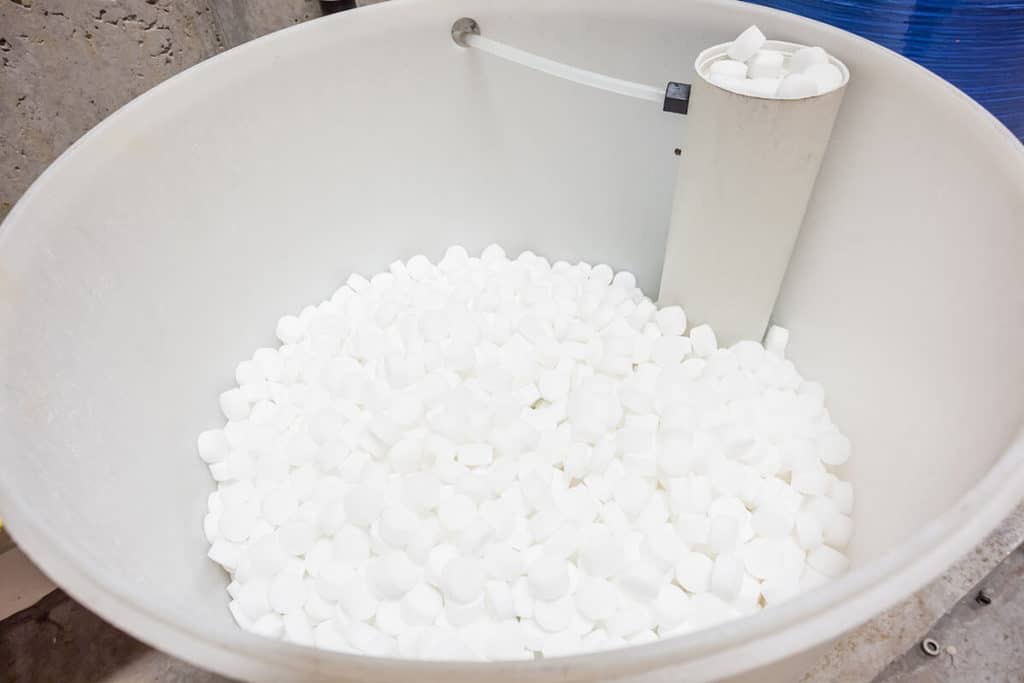
Long-Term Water Treatment Solutions for Limescale Build-up
Some long-term common water softening solutions include:
Ion Exchange Water Softeners
These water softeners use salt-based ion-exchange technology to remove hardness-causing calcium and magnesium ions from your water supply, replacing them with harmless softening ions sodium or potassium.
These softening ions replace the hardness-causing ions preventing water hardness. This system needs regeneration once a week.
Salt-free Water Conditioners
If you are looking for a way to keep yourself and your home healthy without using salt-based water conditioners, salt-free water conditioners are the answer.
These water softeners create hardness crystals but leave minerals present in the water, so they won’t adhere to surfaces or cause limescale build-up. You’ll see less soap usage and possibly brighter laundry!
Reverse Osmosis
Reverse osmosis (RO) systems purify your water by using a semi-permeable membrane to filter out nearly all contaminants, leaving you with clear water. Ro produces very little waste.
You can also use RO systems for non-portable applications such as pond filters because they don’t remove minerals like iodine or iron from the water—important for plants and animals that need these mineral supplements.
Chelation
Chelation is a process that conditions hardness-causing ions in water so they do not combine with other chemicals to form limescale. This process ensures no hard water gets to your laundry, kitchen, and bathroom fixtures.
Installing a Water Softening System for Long-term Anti-Limescale Protection
If your home has hard water, installing a water softener is an easy long-term solution, ensuring only soft water passes through your plumbing fixtures. That means no more expensive repairs—and no more having to live with bad-tasting drinking water or stained laundry!
You may have to regenerate the system to ensure it is working, but that is preferable to living with hard water.
When you contact a professional plumber like MT Drain and Plumbing, they will help you to:
- Find the right installation location
- Repair existing water softener installations to ensure your water treatment systems are working optimally
- Maintaining existing water filters to ensure uninterrupted supply of clean water
- Professional consultations on water system improvements
- Replacements and upgrades of water softener and filtration systems
Final Words
Hard water can be a real drag, but it doesn’t have to be.
If you’re tired of dealing with limescale buildup on your bathroom fixtures and dirty dishes, you don’t have to put up with the adverse effects of hard water running through your home.
Get in touch with the team of qualified plumbers at MT Drain and Plumbing for advice on what to do next and explore your options for long-term water softening and filtration solutions.
Call (905) 761-5551 to get help with limescale buildup in Vaughan, Barrie, Richmond Hill, Toronto, Markham, Newmarket, and Etobicoke, ON, and all surrounding areas.



